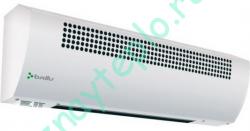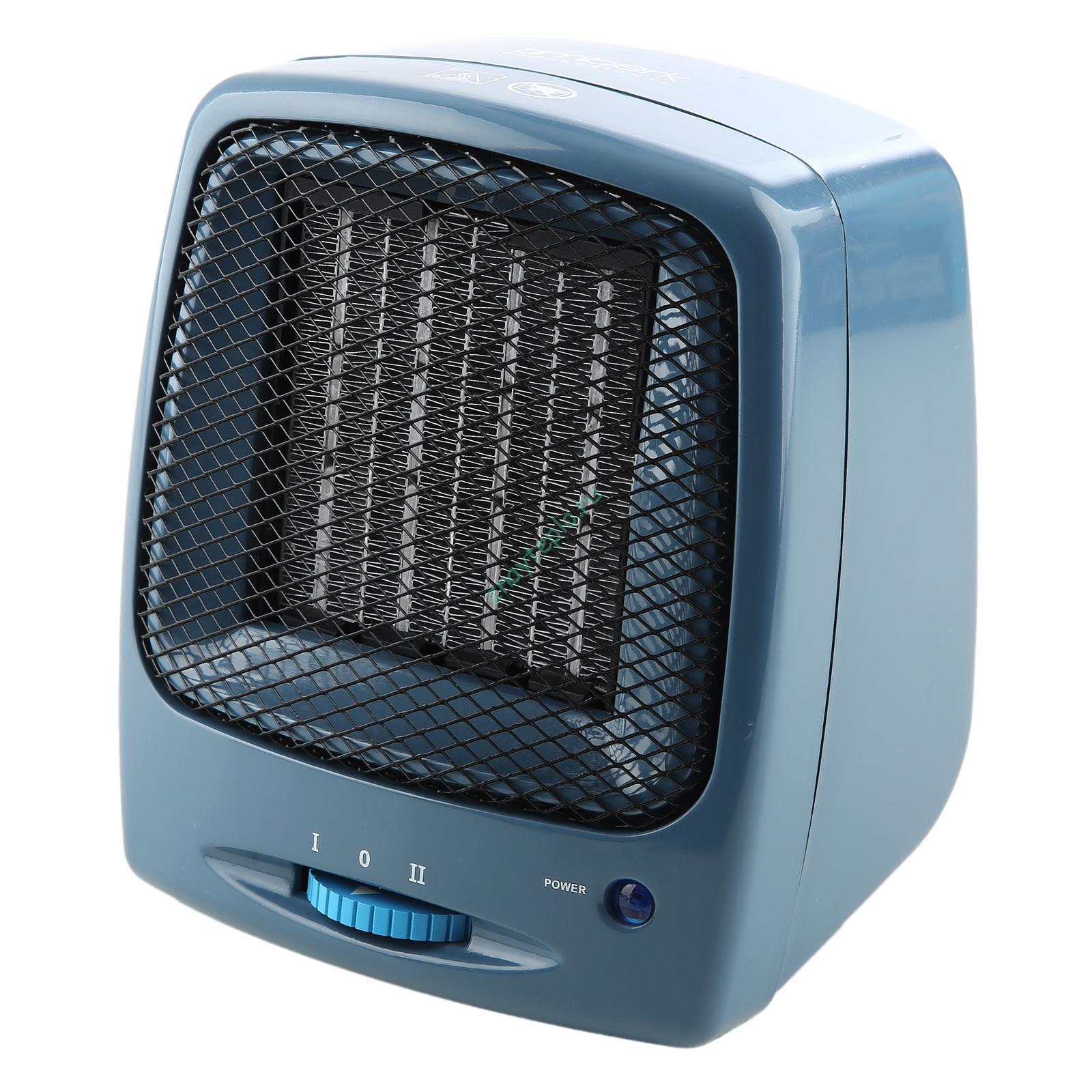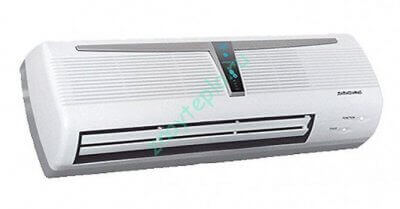How air curtains and fan heaters work.
Greetings to all readers of this blog! Before the onset of winter, a variety of heating devices become an actual topic. Earlier I told you, and in this article we will briefly talk about thermal curtains and fan heaters. We start with thermal curtains.
How does a thermal curtain work?
A thermal curtain is needed to cut off cold air flows from doorways and gates during the winter, as well as to cut off dust and insects in the summer. Inside the thermal curtain there are fans and heating elements, with the help of which the air is heated. Heating elements with fins or needle heating elements can be used as heating elements. The air curtain must have a high capacity in terms of air volume. So, for example, a curtain with a power of 3 kW should have a capacity of 300 cubic meters of air per hour.

The power of the fans determines not only the amount of air passing through the curtain per hour, but also the length of the warm air jet. This length must exceed the height (or width, if installed vertically) of the doorway.
Types of thermal curtains.
Air curtains are divided into the following main types:
- Electric - in them both the fan and the heating element are powered by the mains. The power of such devices starts from 3 kW and more. With a power of up to 9 kW, it is possible to use a network with a voltage of 220 V. If this power is exceeded, a three-phase network with a voltage of 380 V will be required.
- Non-electric - in such curtains, the fans are powered by electricity, and the air is heated in some other way. For example, thermal curtains are widely used, in which air is heated with hot water through a heat exchanger. In addition, there are gas thermal curtains. Most often, this type of thermal curtains is used where a large power of such devices is needed - industrial enterprises, large stores, warehouses and similar objects.


By orientation in space, thermal curtains are of the following types:
- Vertical - can only be installed vertically on the side of the opening.
- Horizontal - installed only horizontally above the doorway.
- Universal.
Rules for the installation of electric thermal curtains.
Here are the general rules for installing electric air curtains. I advise you to read the instruction manual of the device before proceeding with the installation. It may contain any special recommendations from the manufacturer.
- The thermal curtain must cover the entire opening of the door or gate. If the curtain is narrower than the doorway, then part of the cold air flow will not be cut off.
- It is recommended to install the thermal curtain as close as possible to the upper edge of the opening. In this case, the distance to the ceiling should not be less than 10-15 cm.
- Thermal curtains with a power of more than 3 kW are connected directly to the junction box through an automatic device or an RCD. To ensure safety, these works must be carried out by a person with the appropriate access group.
- The air curtain must be available for routine maintenance and repair.
- If it is not possible to use a curtain of the required power, then you can build a warm vestibule near the door. This will reduce the required power of the device.


A fan heater is a household heating device designed for heating residential and industrial premises. Inside the fan heater is the fan itself and the heating element (spiral or heating element). The fan creates forced convection of air through the device, and the heating element increases its temperature. Most household fan heaters use a refractory wire coil as the heating element. This is the cheapest heating element option. Its main disadvantage is that such a device burns significantly oxygen in the air.
A fan heater, unlike a thermal curtain, consumes much less air per hour, but heats it up to a higher temperature. For this reason, it will not work to use a wall-mounted fan heater instead of a thermal curtain.. It simply does not have enough power to cut off the air flow.
All fan heaters are equipped with a thermostat, on which you can set the temperature in the room that is optimal for you. This is done as follows:
- Turn on the fan heater to maximum and wait until it heats the room to the optimum temperature.
- After the room has warmed up to the optimum temperature, the thermostat knob must be turned in the direction of decreasing the temperature until it clicks.
After that, the fan heater will constantly maintain this temperature.

Fan heater installation.
Floor units do not require any installation at all. It is enough just to install them on a solid base and turn on the power from the mains. Modern fan heaters are equipped with protection against tipping over and overheating, but you still shouldn’t leave them unattended!
The wall-mounted device is mounted on the wall to a height of 1.8 meters and connected to the network. It is controlled using the buttons on the panel or the remote control. On this, the installation nuances are almost completed, but it will not be superfluous to read the instructions anyway. That's all for now, post your questions in the comments!
